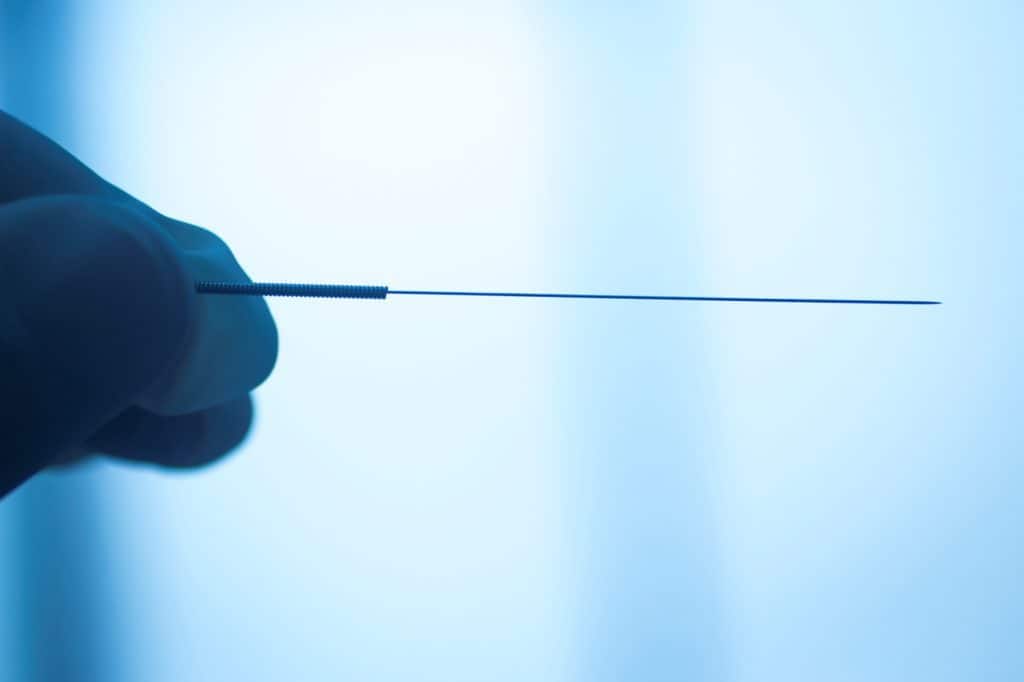
Top Lameness and Surgery Studies of 2017
Dr. Elizabeth Santschi recaps research on hock injections, nerve blocks, castration, osteochondral lesions, and more.

Dr. Elizabeth Santschi recaps research on hock injections, nerve blocks, castration, osteochondral lesions, and more.

Drs. Torri Maxwell and Duncan Peters offer insight into the role pharmaceuticals can play in managing navicular pain.

Dr. Torri Maxwell explains how the soft-tissue structures play a role in navicular-related lameness.

Dr. Duncan Peters talks about lameness and behaviors that could indicate a horse is experiencing navicular issues.

Learn about diagnosis and management of navicular horses.

The ultrasound-guided technique allowed vets to see the needle enter the navicular bursa without hoof-wall interference.

PET scans revealed lesions in bony and soft tissue, some of which weren’t visible on other imaging modalities.

Many navicular horses have benefited from bisphosphonate treatment, but some questions remain about these medications.

View videos on vision, fear, the hoof, assessing the foal after birth, EIPH, trimming old horses’ hooves, and more.

Popular topics included body condition, bisphosphonates, horse identification, hoof problems, deworming, and more.

Some horses’ navicular bones segmented into two or three parts, which can be detrimental to health and welfare.

Learn about the research behind bisphosphonates and how they might help horses with navicular syndrome. Presented by Laura Kennedy, DVM, Dipl. ACVP, of the University of Kentucky Gluck Equine Research Center, in Lexington.

While acupuncture seemed to help some horses, there was no strong evidence that it relieves pain in all affected horses.
The preconference workshop and conference for vets and farriers will take place May 20 and 21, respectively.

Learn about diagnosing, treating, and the possible causes of navicular syndrome in our Vet On Demand companion!

The University of Tennessee’s Dr. Jim Schumacher overviews navicular syndrome’s risk factors, treatments, and more.
Stay on top of the most recent Horse Health news with
"*" indicates required fields